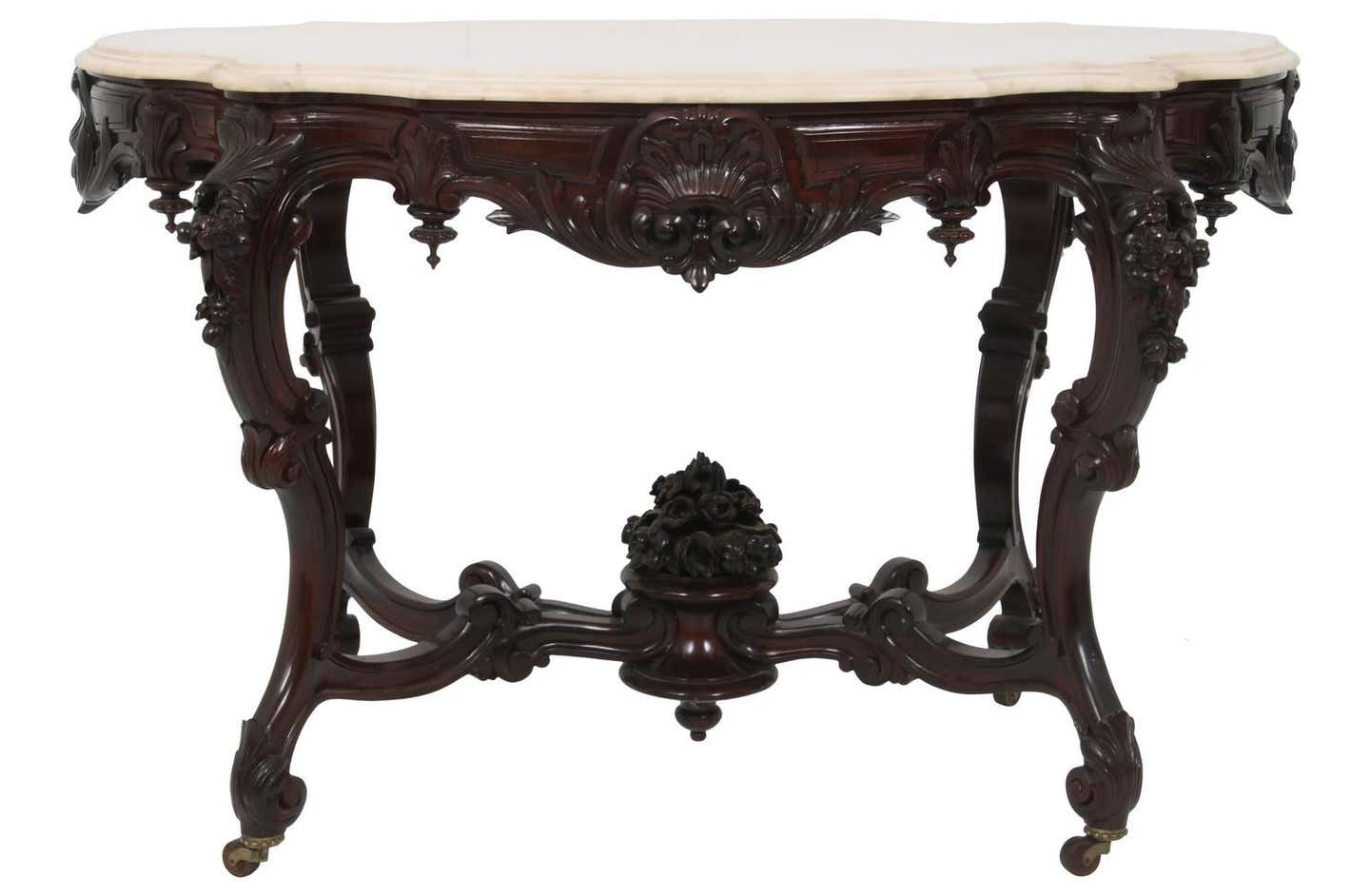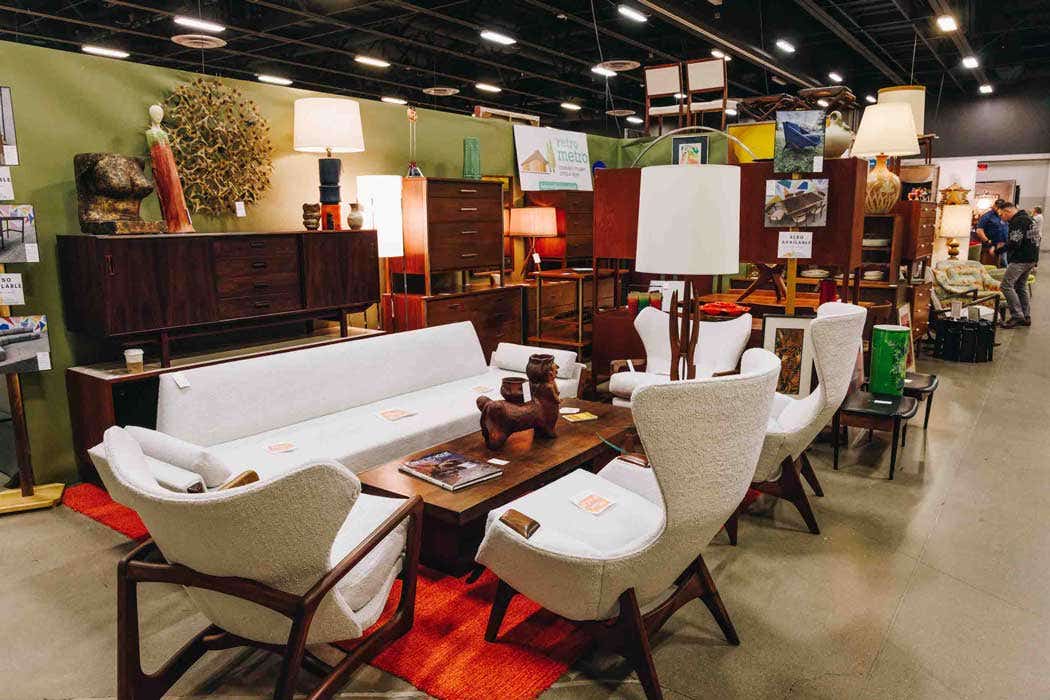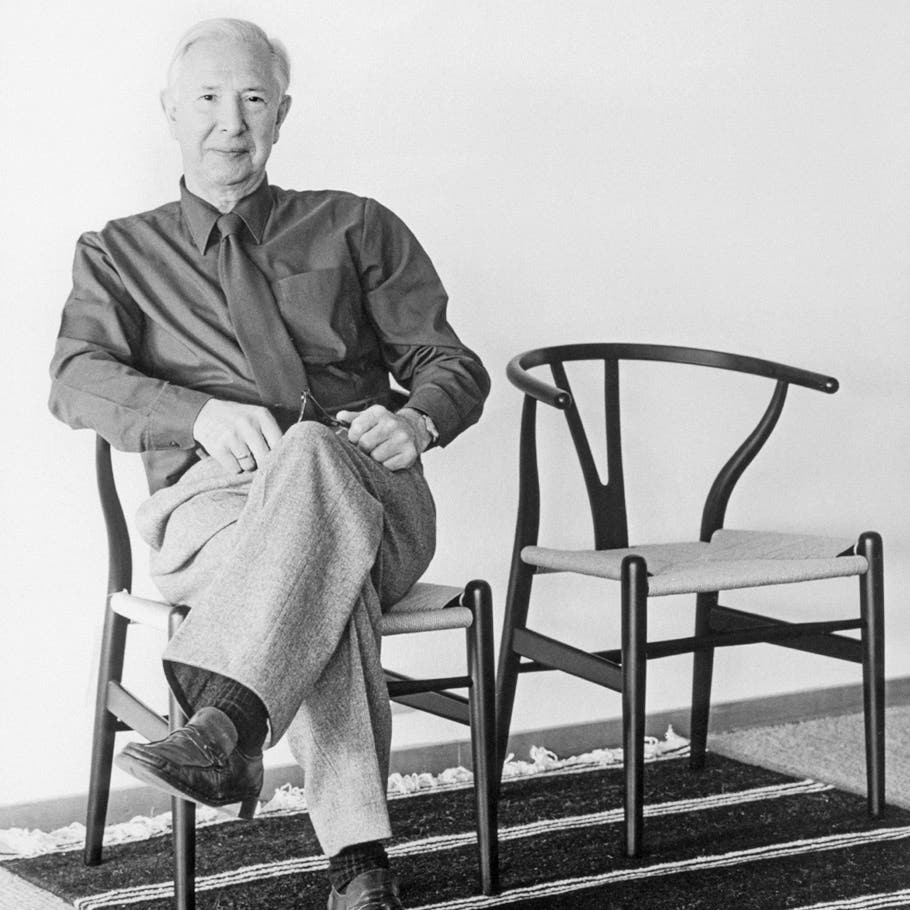Even when called by another name, it’s still a chair
Morris, Savonarola, glider, Lincoln and so on. In the July 8, 2015 edition, Furniture Detective Fred Taylor explores the historical roots and usage details that cause us to almost never call a chair by its most basic name.
There are at least three categories of furniture that are so important in our daily activities that they have special names that describe a particular characteristic, function or purpose (beyond simply specifying a style, such as Queen Anne, Chippendale, Sheraton, or Hepplewhite).
There are lots of kinds of tables (dining, game, tea, end, parlor, lamp, end), and there are lots of desks (roll top, drop front, spinet, plantation, partner, etc.). And then there are chairs. If you think about it for a minute, we almost never specify simply a chair. We are looking for a dining chair or a reclining chair or side chair or an armchair or a desk chair, perhaps in a certain style or from a certain period, but most of the time we classify a chair by its use. And then there are chairs that are so unique or so remarkable or so tied to a historical event that they are actually labeled by the name of a person closely associated with the chair.
One of the earliest chairs in Western history with a person’s name attached to it is the 15th century Savonarola chair. Who was he that he should be famous enough to have a chair named after him? Girolamo Savonarola was an Italian priest with an attitude about change and about authority. He was vehemently opposed to the enlightenment of the Renaissance and he preached against the moral corruption of the clergy, including Pope Alexander VI. This was not a healthy time to be a protestor and he was burned at the stake in 1498 for heresy. But he had a neat chair. It was modeled after the Roman curule campaign chair except that it had a solid seat instead of a fabric seat. It folded like the Roman chair but it was made of a series of interlocking slats that allowed what looked like a solid chair to be folded for storage or transportation. It looked like the modern version of the “director’s” chair. That type chair is also sometimes called a Dante chair, named after the 14th century poet Dante Alighieri.
In the mid-19th century, a long-standing problem with chairs was solved by an English designer. In 1866, William Morris adapted a design by a rural chair maker named Ephraim Colman that changed a rigid back parlor chair to an adjustable reclining chair. He did this amazing feat by using hinges at the base of the back and added a notched support in the rear that held solid rod. The rod supported the weight of the back and it could be moved to different notches to adjust the position of the back. Thus was born the manual recliner – the famous “Morris chair” – even though Morris didn’t actually design it. It could easily have been called the “Colman” chair.
Another case of ambiguous lineage is the platform glider rocker. The glider first appeared in the late 1880s using an iron mechanism that included a swing arm mounted in a frame that allowed the frame of a rocker to gently glide back and forth rather than rocking. The initial patent was awarded to George F. Hall of New York on May 29, 1888. But Mr. Hall, for reason unknown, assigned the patent to Peter Lowentraut of Newark, N.J. When it went into production it was called the Lowentraut glider, but the patent applied only to the mechanism itself, not the design of the chair.
By the 1890s, another chair of almost identical design using a virtually identical mechanism hit the market. It was called the McClean Patent Rocker made by Biver, Ernster & Co. of Chicago. Six models of this piece were advertised in Ward’s 1895 catalog. So the glider could have been a “Hall” glider, a “Lowentraut” glider or a “McClean” glider. Another rocker has no such ambiguity associated with the name. That is the Lincoln rocker. In the mid-19th century, men were not seen in public in rocking chairs. Rocking chairs were considered to be feminine chairs uniquely suited to the needs of women. They were generally limited to private use at home. But Lincoln was reported to have numerous aches and pains and found a large-scale rocker to be a comfort.
On the night he went to Ford’s Theater, he requested a rocker in his box. The only one available was a Rococo Revival Grecian style chair in theater owner John T. Ford’s private rooms in the theater. He had his own chair placed in Lincoln’s private box and this was the chair Lincoln was seated in when he was assassinated. Thus, the Lincoln rocker was born. The chair had a long journey after that. Still stained with what was then thought to be Lincoln’s blood, it went to the office of the Secretary of War Edwin Stanton to be used as evidence in the trial of the conspirators. When Stanton retired, it went to the Smithsonian. It took many years and several lawsuits before Mrs. Harry Ford, wife of John Ford’s brother, could recover the chair that she claimed belonged to the Ford family. She finally was awarded the chair in 1929. It was sold at auction immediately for $2,400 to an agent of Henry Ford’s Museum in Dearborn, Mich. Henry Ford was no relation to Harry Ford. Th e chair remains in the Henry Ford Museum today having resisted several attempts by the National Parks Service to take it away. You can see the original chair online at http://blog.thehenryford.org/2015/01/the-lincoln-rocker.
With more than 30 in the antique furniture business, Fred Taylor is a household name when it comes to the practical methods of identifying older and antique furniture: construction techniques; construction materials; and style.






